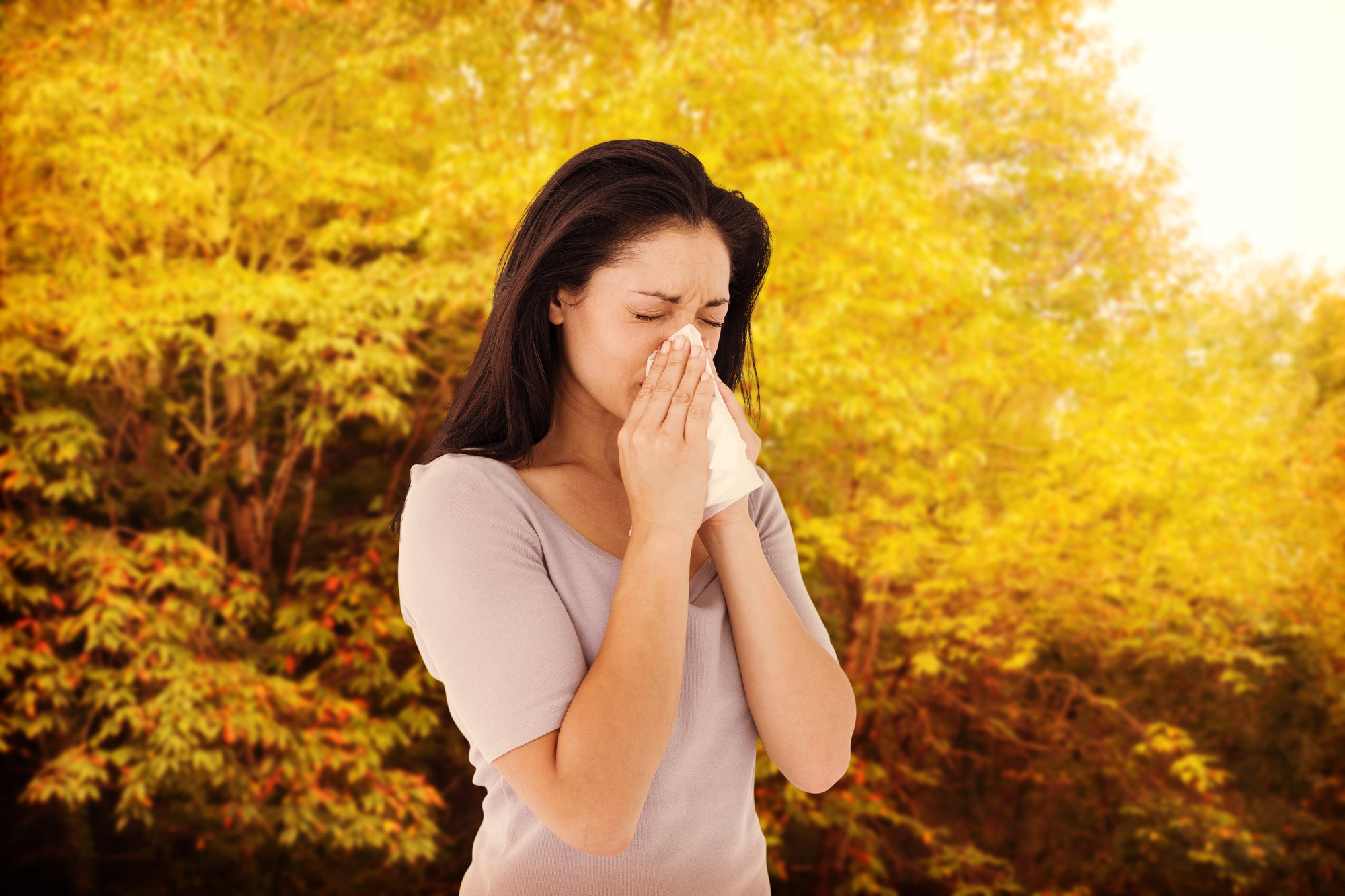U.S. Clean Energy Draws Record $105 Billion in Private Investment
U.S. clean energy drew a record $105 billion in private Investment in 2021. That’s a record 11% jump since 2020 and a whopping 70% surge over the past five years, according to Bloomberg’s BNEF, the firm’s energy data and analysis unit.
This represents 14% of the total $755 billion in global private investment made last year, $47 billion of which was for renewable energy and $35 billion for electrified transport, according to the report, 2022 Sustainable Energy in America Factbook.
“Clearly there’s investor enthusiasm and we foresee further growth, but if you want to actually address climate change, you need to get to levels that at least double deployment,” said Ethan Zindler, an analyst at BNEF,“What is needed is more support.”
Read the full report, “2022 Sustainable Energy in America Factbook”.


